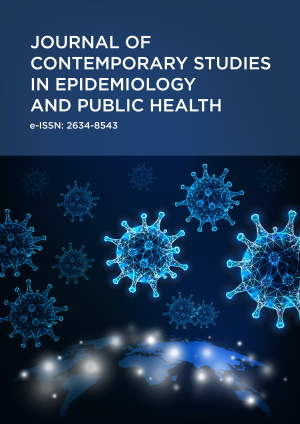Abstract
Practice of preventive measures for a disease like Coronavirus (COVID-19) depends on the levels of awareness/knowledge and attitude towards it, which help to control the spread of it. We conducted both online and offline surveys to understand the behavioural responses in terms of the extent of knowledge, attitude, and practice (KAP), and its relation with socio-economic and demographic conditions of respondents from a poor state like Odisha, India. It is observed that although a higher proportion of respondents have ample knowledge about basic information, preventive measures and transmission channels through social media, the Internet, TV, and radio but relatively a fewer percentage of participants have less knowledge about some of important symptoms and social distancing norms as primary measures to prevent its transmission. It has been witnessed that there is prevalence of lot of blind/unscientific beliefs and misinformation in the society about its transmission channels. We also observed a significant difference in the KAP scores across residential locations, education levels, marital status, social groups, occupations, economic status/income levels of the participants. The knowledge on preventive measures and transmission channels are found to be inversely related to the practice of preventive measures. However, knowledge score on basic information, symptoms and attitude about COVID-19 have a positive association with the practice score. Further, making a comparative analysis of scores demonstrates that the knowledge score has a relatively weak association with the practices score as compared to the attitude score.
Keywords
License
This is an open access article distributed under the Creative Commons Attribution License which permits unrestricted use, distribution, and reproduction in any medium, provided the original work is properly cited.
Article Type: Original Article
J CONTEMP STUD EPIDEMIOL PUBLIC HEALTH, Volume 3, Issue 1, 2022, Article No: ep22002
https://doi.org/10.29333/jconseph/11974
Publication date: 06 Apr 2022
Article Views: 1741
Article Downloads: 1572
Open Access References How to cite this article
 Full Text (PDF)
Full Text (PDF)